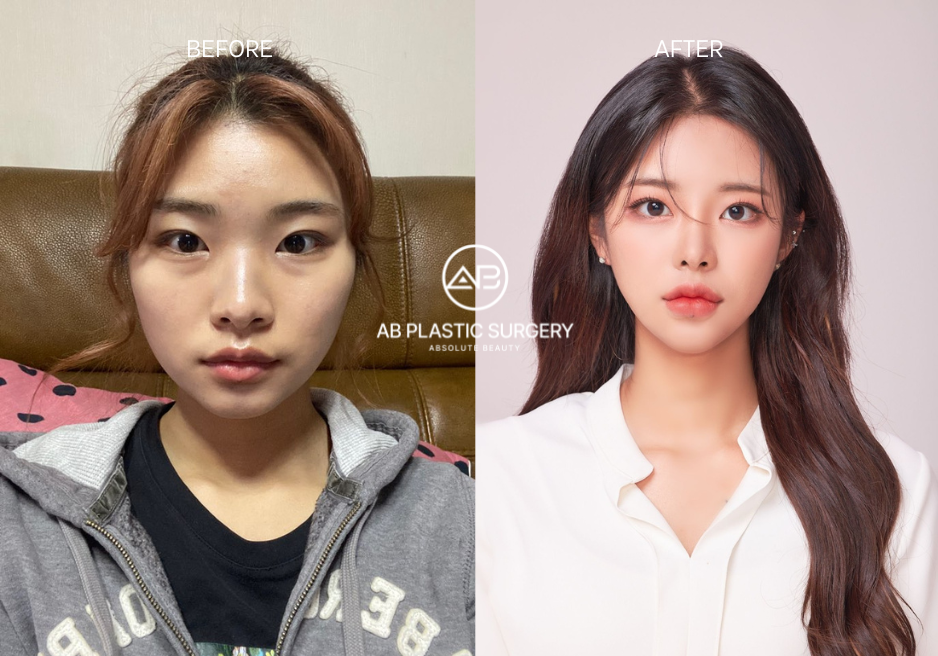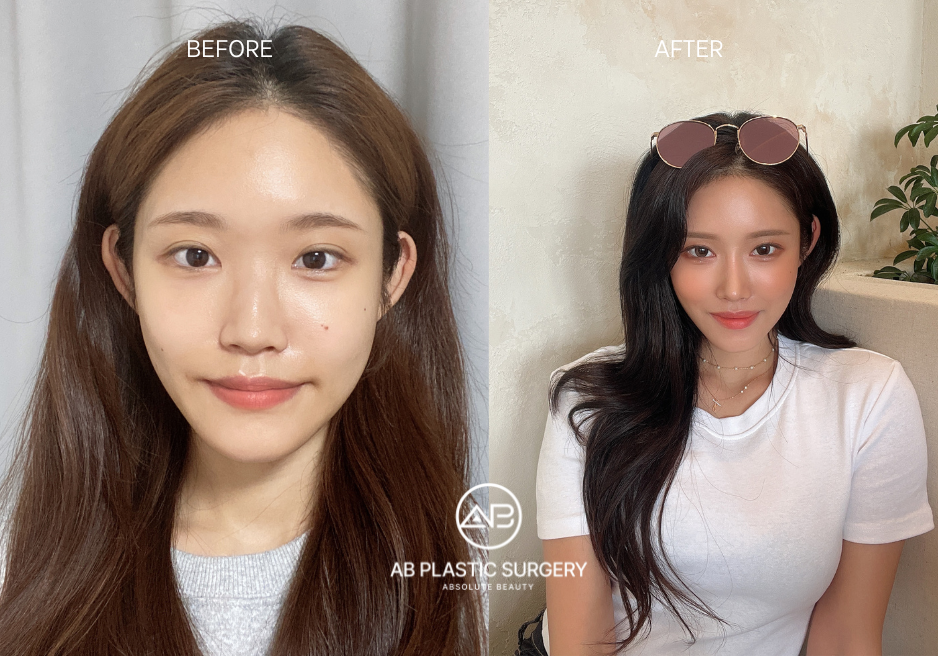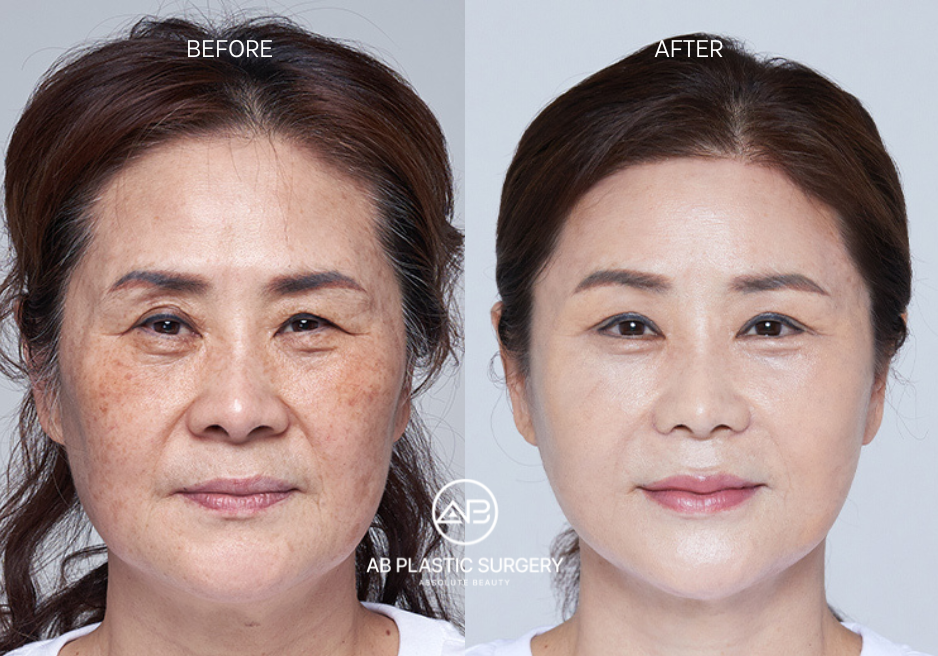The Present and Future of Beauty: Technological Advancements in Korean Plastic Surgery
Table of Contents
1. The Evolution of Korean Plastic Surgery
2. Technological Advancements in Korean Plastic Surgery
3. The Cultural Influence on Korean Plastic Surgery
4. The Global Appeal of Korean Plastic Surgery
5. Patient Safety and Regulation
In recent years, South Korea has become synonymous with beauty and aesthetic perfection. The country has earned its reputation as the world's plastic surgery capital, attracting individuals from all over the globe seeking the latest advancements in Korean plastic surgery. With cutting-edge technology and innovation, Korean plastic surgery has undergone a remarkable transformation. In this blog post, we will delve into the fascinating world of technological advancements in Korean plastic surgery and explore how these developments are reshaping the industry.
The Evolution of Korean Plastic Surgery
The History of Korean Plastic Surgery: Early Beginnings - Reconstructive Surgery

The origins of Korean plastic surgery can be traced back to the early 20th century when it was primarily focused on reconstructive procedures. During this time, plastic surgery was primarily used to help individuals who had suffered from facial injuries, burns, or congenital deformities. Korean surgeons developed their skills in reconstructive techniques, honing their craft to restore both function and aesthetics to patients.
The History of Korean Plastic Surgery: Post-Korean War Transformation
The Korean War (1950-1953) played a significant role in shaping the field of Korean plastic surgery. The war resulted in many injured soldiers and civilians who required reconstructive surgery. The expertise gained during this period laid the foundation for the later development of cosmetic surgery techniques.
The History of Korean Plastic Surgery: Emergence of Aesthetic Surgery
By the 1960s and 1970s, the focus of Korean plastic surgery began to shift towards aesthetic procedures. Surgeons started to explore cosmetic surgery techniques to enhance the natural beauty of patients. Initially, these procedures were modest and primarily catered to a local clientele.
The History of Korean Plastic Surgery: 1980s - The Decade of Transformation
The 1980s marked a pivotal decade in the history of Korean plastic surgery. Several factors contributed to its rapid growth during this time. Increased prosperity and economic development in South Korea allowed more people to afford cosmetic procedures. Additionally, the influence of Western beauty standards and the desire for a more Westernized appearance started to gain prominence.
The History of Korean Plastic Surgery: Innovations and Cultural Influence
As the demand for cosmetic surgery continued to grow, Korean plastic surgeons began to develop innovative techniques and procedures. The influence of South Korea's entertainment industry, particularly K-pop and Korean dramas, played a significant role in promoting beauty ideals and encouraging people to consider cosmetic enhancements.
Technological Advancements in Korean Plastic Surgery
3D Imaging and Simulation
One of the most significant technological advancements in Korean plastic surgery is the use of 3D imaging and simulation. This cutting-edge technology allows surgeons to create highly detailed 3D models of a patient's face or body, providing a realistic preview of the expected results before the surgery. This not only helps patients set realistic expectations but also enables surgeons to plan and execute procedures with precision.
3D imaging and simulation have revolutionized the consultation process. Patients can now see a visual representation of the potential outcomes, helping them make informed decisions about the procedures they wish to undergo. Moreover, surgeons can fine-tune their approach based on the 3D simulations, ensuring that the final results align with the patient's goals.
Robotic-Assisted Surgery

Robotic-assisted surgery has gained popularity in various medical fields, including plastic surgery. Korean plastic surgeons are increasingly using robotic systems to perform delicate and complex procedures with greater accuracy. These robots offer enhanced precision, reducing the risk of human error and minimizing scarring.
One of the key advantages of robotic-assisted surgery is the ability to perform minimally invasive procedures. The robots can make tiny incisions and access hard-to-reach areas with greater ease. This results in reduced post-operative pain, faster recovery times, and less visible scarring.
Non-Surgical Treatments
Korean plastic surgery is not limited to surgical procedures alone. The rise of non-surgical treatments has revolutionized the industry. Treatments such as dermal fillers, Botox, and laser therapy have become increasingly popular. Advanced laser technologies provide effective skin rejuvenation, hair removal, and scar reduction without the need for invasive surgery.
Non-surgical treatments offer several advantages. They are less invasive, require minimal downtime, and often come with fewer risks and complications than surgical procedures. With the use of advanced laser technology, patients can achieve smoother, more youthful skin without the need for surgery.
Stem Cell Therapy
Stem cell therapy is another groundbreaking advancement in Korean plastic surgery. This innovative technique uses a patient's own stem cells to rejuvenate and repair damaged tissues. Stem cell therapy can be employed for facial rejuvenation, breast augmentation, and even hair restoration. Its natural and long-lasting results have made it a sought-after option for those looking to enhance their appearance.
Stem cells have the remarkable ability to regenerate and repair tissues. In plastic surgery, this means that stem cell therapy can lead to more natural-looking results and shorter recovery times. Since the therapy utilizes the patient's own cells, there is a lower risk of rejection or allergic reactions.
AI-Powered Consultations
Artificial intelligence (AI) has found its way into the consultation process of Korean plastic surgery clinics. AI algorithms analyze a patient's facial features and provide recommendations for suitable procedures. This technology streamlines the consultation process, making it more efficient and personalized.
AI-powered consultations use facial recognition technology to assess a patient's unique features and recommend procedures that would enhance their natural beauty. This personalized approach helps patients feel more confident in their choices and ensures that the procedures are tailored to their specific needs and goals.
Scarless Surgery
In traditional plastic surgery, scars are often an unavoidable consequence. However, Korean plastic surgeons are pioneering scarless surgery techniques. These minimally invasive procedures leave little to no visible scarring, allowing patients to achieve their desired results without the telltale signs of surgery.
Scarless surgery techniques are particularly popular for facial procedures, such as brow lifts and eyelid surgeries. Instead of making large incisions, surgeons use tiny hidden incisions or endoscopic approaches to achieve the desired results. This results in faster healing and virtually invisible scars.
Thread Lifting

Thread lifting is a non-surgical facelift technique that has gained immense popularity in Korea. Fine threads are inserted into the skin to lift and tighten sagging areas. The threads also stimulate collagen production, resulting in improved skin texture and firmness.
Thread lifting is a versatile procedure that can be used to address various areas of concern, including sagging cheeks, jowls, and necklines. The procedure is minimally invasive and requires little downtime. Patients can enjoy a refreshed and rejuvenated appearance without the need for surgery.
Virtual Reality (VR) Consultations
In the age of virtual reality, Korean plastic surgery clinics have started offering VR consultations. Patients can wear VR headsets to virtually "try on" different surgical outcomes. This immersive experience helps patients make more informed decisions and boosts their confidence in their chosen procedures.
VR consultations provide a unique and interactive way for patients to visualize their potential results. They can explore different options and make adjustments to their desired look in real-time, ensuring that their expectations align with what can be achieved through surgery.
The Cultural Influence on Korean Plastic Surgery
Korean culture plays a significant role in the popularity and development of plastic surgery in the country. The pursuit of beauty and perfection is deeply ingrained in South Korean society, and this cultural emphasis on physical appearance has fueled the growth of the plastic surgery industry. Additionally, the K-pop and entertainment industries have contributed to the country's reputation as a hub for cosmetic procedures, as fans often aspire to emulate the looks of their favorite idols.
The Global Appeal of Korean Plastic Surgery

Korean plastic surgery's reputation for innovation and excellence has extended beyond its borders. Patients from all over the world travel to South Korea to undergo procedures, drawn by the promise of cutting-edge technology and exceptional results. Korean plastic surgeons are renowned for their skills and artistry, making them highly sought-after by international patients.
The popularity of Korean plastic surgery is not limited to Asian patients. People from diverse cultural backgrounds are increasingly choosing to undergo procedures in Korea due to the country's expertise and reputation. This global appeal has made Korean plastic surgery clinics some of the most sought-after destinations for cosmetic procedures.
Patient Safety and Regulation
Regulations governing the practice of plastic surgery in South Korea are comprehensive and multifaceted, designed to ensure the safety and well-being of patients while maintaining the highest standards of medical care. These regulations encompass various aspects of the industry, from surgical techniques to clinic facilities and the qualifications of plastic surgeons. Here are the key regulations that govern the practice of plastic surgery in South Korea:
Licensing and Certification
Plastic surgeons in South Korea must obtain the necessary licenses and certifications to practice legally. The process involves rigorous training, education, and examinations to assess a surgeon's competence. This includes written exams, oral exams, and practical assessments. To maintain their licenses, plastic surgeons are often required to participate in ongoing medical education and training.
Facility Standards
Plastic surgery clinics are subject to strict facility standards to ensure patient safety. These standards cover various aspects of clinic operations, including cleanliness, hygiene, sanitation, and the availability of emergency equipment. The goal is to create a safe and sterile environment for surgical procedures.
Informed Consent
Obtaining informed consent from patients is a fundamental requirement. Surgeons must explain the potential risks, benefits, and expected outcomes of the procedures in detail during consultations. Patients are encouraged to ask questions and make informed decisions about their treatments. Consent forms are signed by patients before any surgery to ensure they are fully aware of the procedures and associated risks.
Surgeon Qualifications
Regulatory authorities scrutinize the qualifications and credentials of plastic surgeons. They must have completed a recognized plastic surgery residency program and meet specific training requirements. This helps ensure that practicing surgeons are adequately trained and experienced in their respective fields.
Patient Consultation
Plastic surgery clinics are obligated to provide thorough consultations to patients. During these consultations, surgeons assess the patient's medical history, expectations, and suitability for surgery. A comprehensive discussion of the procedure, including potential risks and complications, is conducted to help patients make informed decisions.
Patient Record Keeping
Plastic surgery clinics are required to maintain detailed records of patient consultations, procedures, and post-operative care. These records are essential for tracking patient progress and addressing any issues that may arise. They are subject to inspection to ensure proper record keeping.
Reporting of Adverse Events
Clinics must promptly report any adverse events or complications that occur during or after surgery to regulatory authorities. This reporting system is crucial for investigating and addressing any issues that may arise, with the goal of preventing similar incidents in the future.
Quality Assurance
Regulatory authorities in South Korea emphasize quality assurance in the practice of plastic surgery. They regularly review and update regulations to reflect advancements in medical practices and technology. This commitment to continuous improvement ensures that patients receive the best possible care.
Public Awareness and Transparency
South Korean authorities actively work to raise public awareness about the importance of choosing reputable clinics and certified surgeons. They provide resources and information to help patients make informed decisions about their plastic surgery journey. This includes information about clinics' certifications and the qualifications of surgeons.
Advertising and Marketing
Regulations also govern how plastic surgery clinics can advertise and market their services. There are rules in place to ensure that marketing materials are accurate, ethical, and do not mislead or exploit patients. This helps maintain transparency and integrity in the industry.
Technological advancements have propelled Korean plastic surgery into a new era of beauty and innovation. From 3D imaging and robotics to non-surgical treatments and stem cell therapy, South Korea continues to lead the way in the world of cosmetic procedures.

